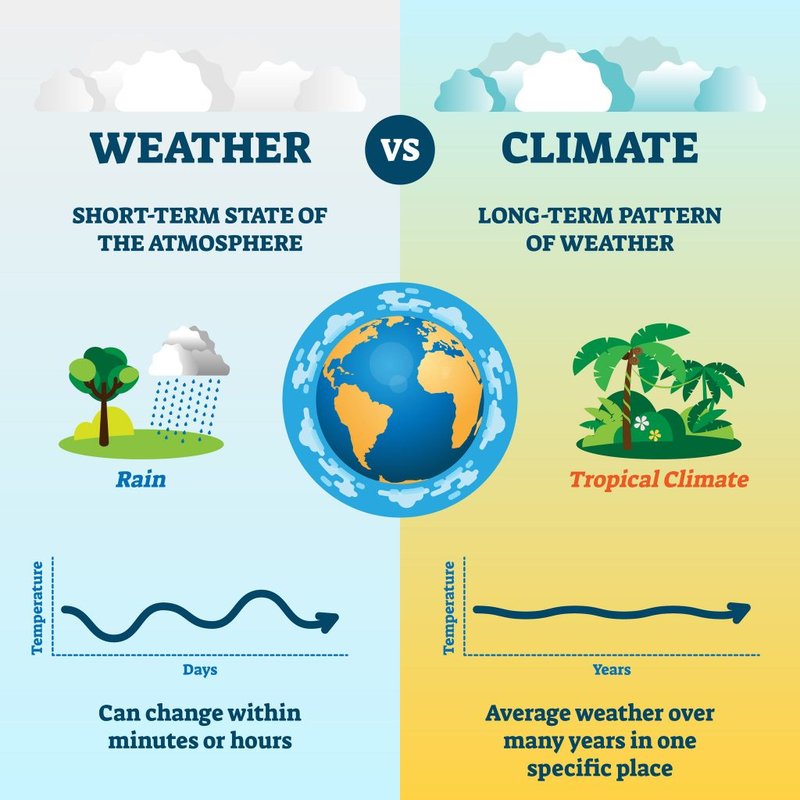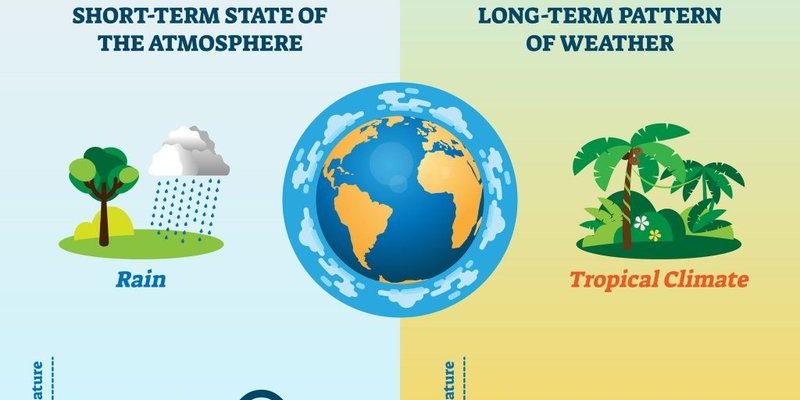
Imagine you’re at a party, and suddenly the music changes. Everyone’s on edge, trying to figure out what to do next. That’s similar to the world sardines are facing as climate change alters their habitat. From their breeding grounds to their food sources, every part of their life is being affected. So, how exactly is climate change impacting sardines, and why should we care? Let’s dive in!
The Role of Sardines in the Ecosystem
To understand how climate change is affecting sardines, we first need to appreciate their role in marine ecosystems. Sardines are like a cornerstone in the ocean’s food pyramid. They serve as a vital food source for larger fish, seabirds, and marine mammals. Without sardines, these species might struggle to survive, leading to a ripple effect throughout the ecosystem.
Sardines also contribute to nutrient cycling in the ocean. When they feed on plankton, they help maintain the balance of these tiny organisms, which form the base of the marine food web. If sardine populations decline due to climate change, it can disrupt this delicate balance. This means not only would larger predators be affected, but the entire oceanic ecosystem could face challenges, leading to decreased biodiversity.
You might be wondering how all this connects to climate change. Well, as the ocean warms and becomes more acidic, it directly impacts the sardine’s habitat and food sources. Climate change is changing the game for these small fish in ways we’re still trying to fully understand.
Warming Ocean Temperatures
One of the most significant ways climate change affects sardines is through rising ocean temperatures. Sardines prefer cooler water, typically thriving in temperatures between 12°C and 18°C (around 54°F to 64°F). As these temperatures rise, sardines may find it difficult to survive in their preferred habitats.
When sardines swim into warmer waters, they may reproduce less successfully. The warmer temperatures can lead to changes in their spawning times and locations. For example, in some regions, they might spawn earlier in the season, but the conditions may not be ideal for their eggs to survive. This altered life cycle can reduce the number of baby sardines, ultimately impacting adult populations.
Let’s not forget about food. Sardines feed on tiny plankton, which are also sensitive to temperature changes. If plankton populations fluctuate due to warmer waters, sardines might struggle to find enough food. It’s like trying to enjoy a meal at a restaurant that’s out of your favorite dish—frustrating and unsustainable!
Ocean Acidification
Another major challenge for sardines comes from ocean acidification, which is primarily caused by increased carbon dioxide (CO2) emissions. When CO2 is absorbed by seawater, it reacts to form carbonic acid, lowering the pH of the ocean. This acidification can impact many marine organisms, especially those with calcium carbonate shells or skeletons, such as corals and some plankton species.
Sardines rely on these tiny creatures for food. If ocean acidification disrupts their food supply, sardines may struggle to get enough nutrients. Additionally, the structural integrity of the ecosystems they live in can be compromised, affecting shelter and breeding grounds.
Here’s the thing: as the ocean becomes more acidic, it’s not just about sardines struggling to find food. The entire marine food web, including the larger fish and mammals that rely on sardines, is at risk. This interconnectedness is something we need to pay attention to.
Shifting Fish Populations
As climate change modifies ocean temperatures and chemistry, sardines are not the only ones affected. They’re part of a much larger community of fish and marine life that are shifting their distributions. Many fish species, including sardines, are migrating to cooler waters further north or to deeper parts of the ocean in search of their ideal habitat.
This migration can lead to changes in local fishing practices and economies. Fishermen who traditionally relied on sardines in their region might find themselves with dwindling catches. Fishermen have to adapt to these changes, which can be challenging without proper support or guidance.
Moreover, as sardines move to new areas, they might encounter different predators or competition for food. This struggle could affect their population dynamics, leading to potential declines in numbers.
Impact on Fishing Industries
Sardines have long been a staple for fishing industries worldwide, providing jobs and food for millions. With the effects of climate change altering sardine populations and their distribution, local fishing communities are feeling the heat—pun intended.
When sardine populations decline or shift, it can lead to significant economic challenges for fishermen. They may need to invest more time and resources to find sardines or even switch to other types of fish. This transition can be costly and may take years to adjust to, putting pressure on fishing families and the economy.
Additionally, if sardines become less available, the price of sardines may increase, making them less accessible to consumers. This cycle affects not just the fishermen, but everyone who depends on this small fish for their livelihoods and meals.
Conservation Efforts and Solutions
So, what can we do about this? While climate change presents significant challenges, there are actions we can take to help protect sardines and their ecosystems. Conservation efforts are crucial in managing fish populations and implementing sustainable fishing practices.
One solution includes creating marine protected areas (MPAs), where sardines and other marine life can thrive without the pressures of fishing. These areas can help restore fish populations, allowing them to recover and adapt to changing conditions. Additionally, promoting sustainable fishing practices can help balance the needs of fish populations and human consumption.
Furthermore, addressing the root causes of climate change—like reducing carbon emissions—is essential. If we can work together to limit climate change’s impacts, we might have a better chance of preserving sardines and the ecosystems that depend on them.
Why This Matters
Understanding how climate change affects sardines isn’t just for marine biologists or environmentalists; it’s important for everyone. Sardines are a key player in the ocean’s health, and their decline can have broader implications for marine ecosystems and human communities.
When we take care of our oceans, we’re also taking care of our planet. Healthy oceans contribute to climate regulation, oxygen production, and nutrient cycling—benefits that extend far beyond the sea. By raising awareness, advocating for sustainable practices, and supporting conservation efforts, each of us can contribute to the future of sardines and our oceans.
In conclusion, climate change poses a significant threat to sardines and marine ecosystems. Although it seems daunting, there are steps we can take to mitigate these effects. Let’s work together to help protect these small but mighty fish for generations to come. Remember, every little effort counts in the bigger picture of safeguarding our planet!

